Prediction and validation of nonlinear friction damping during blade vibrations
| Led by: | Lars Panning-von Scheidt |
| E-Mail: | brinkmann@ids.uni-hannover.de |
| Team: | Katharina Brinkmann |
| Year: | 2023 |
| Funding: | AG Turbo |
| Duration: | 01.03.2019-31.12.2023 |
Project description
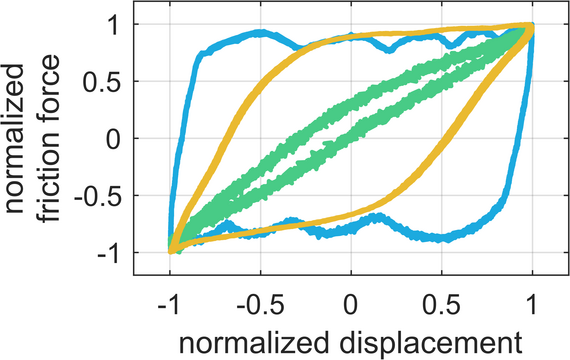
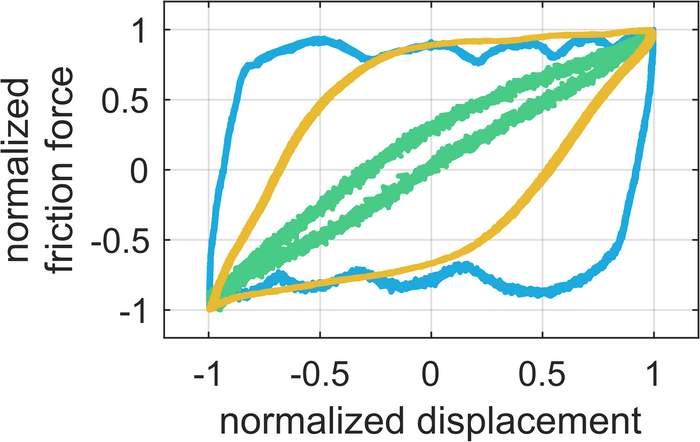
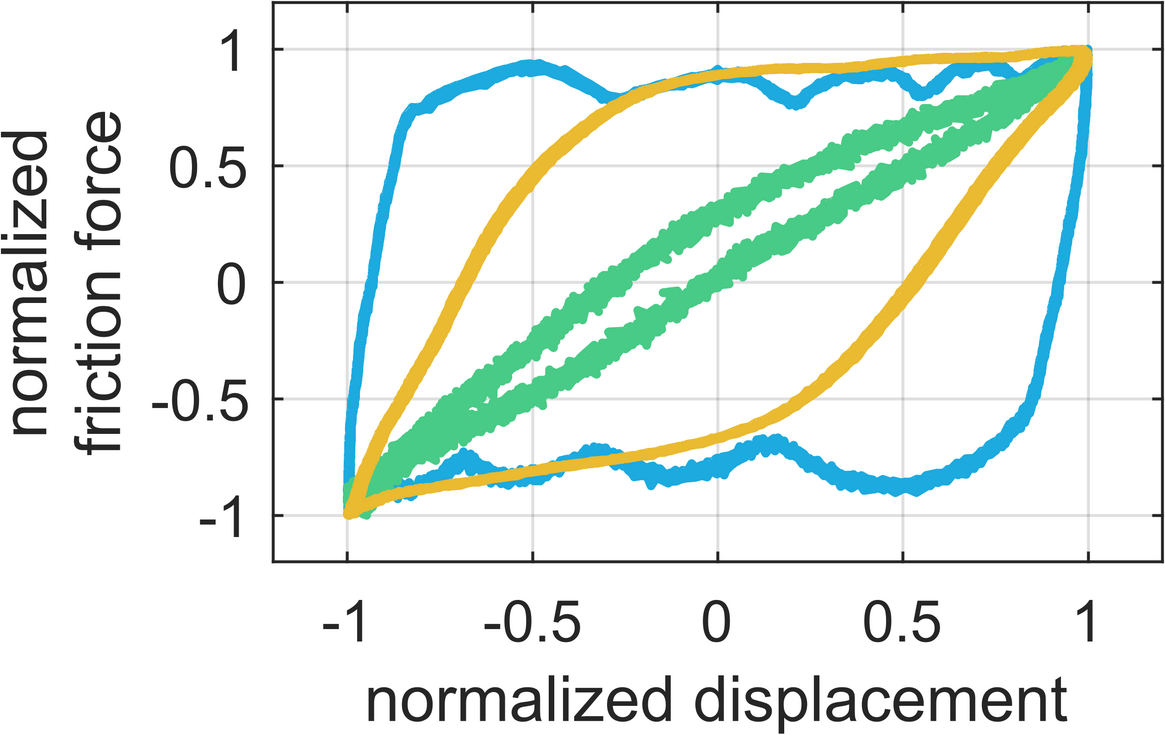

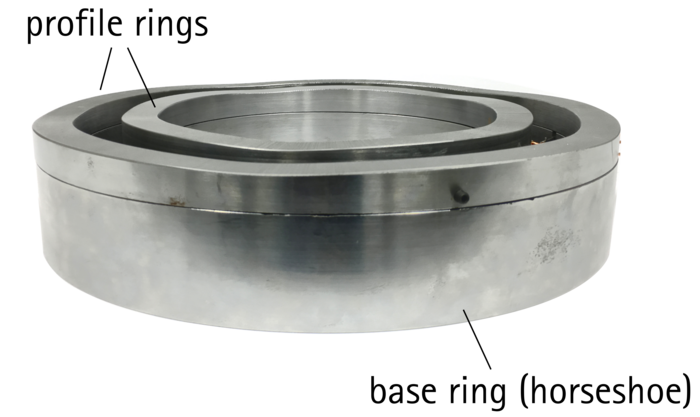
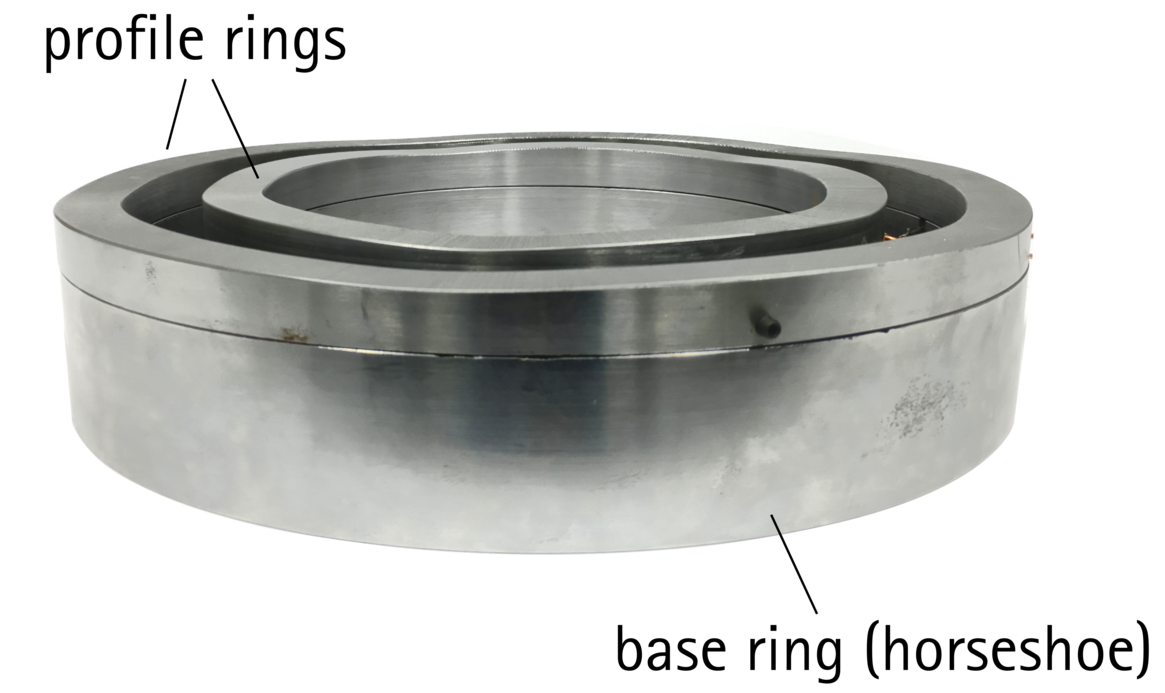
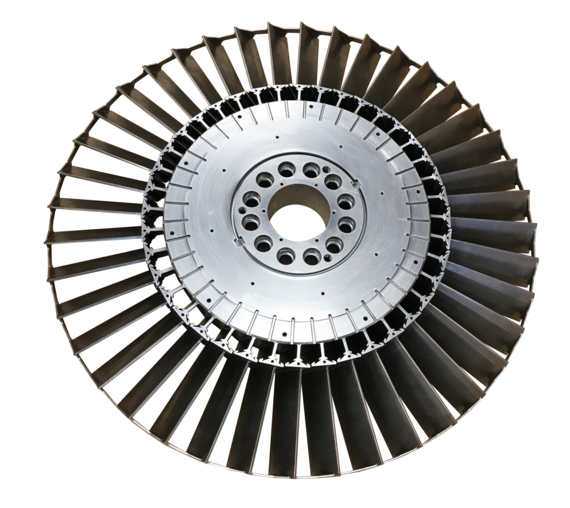
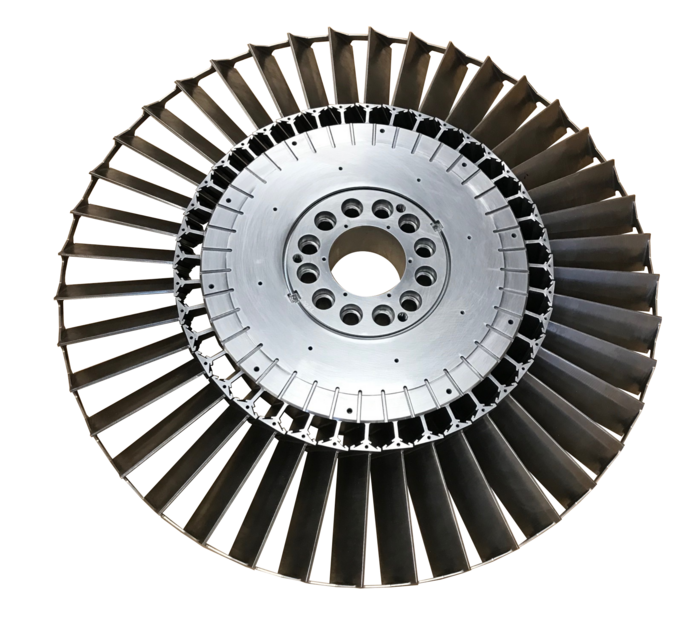

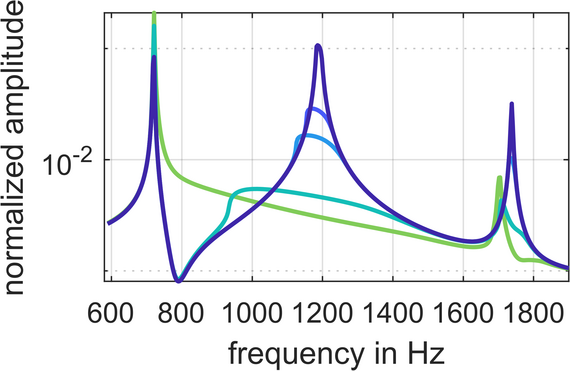
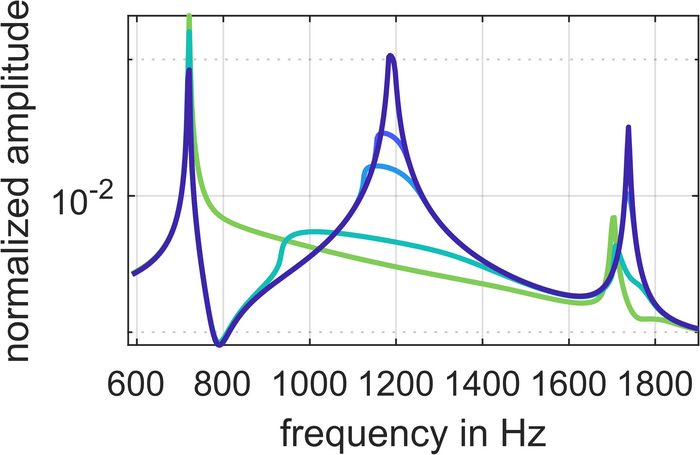
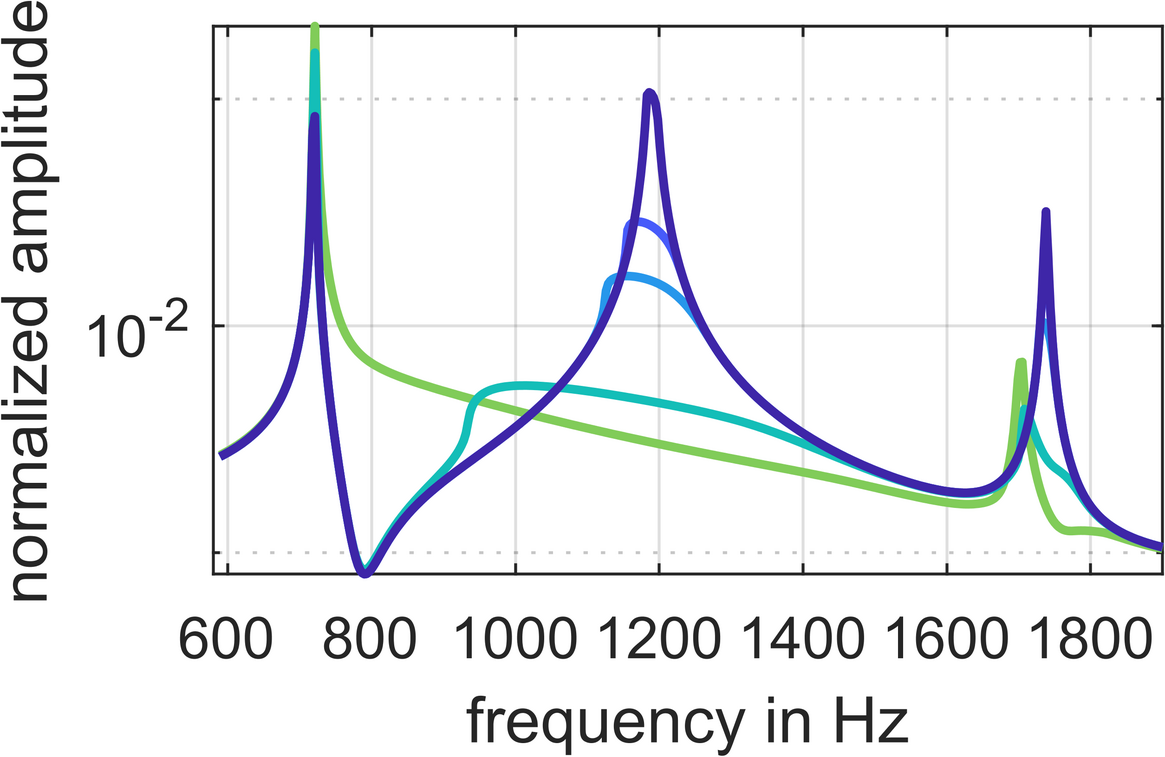
Periodic speed-synchronous excitation phenomena are present in the blading of thermal turbomachinery at various operating points. The blade vibrations that occur as a result of this excitation must be reliably predicted in the design process for a safe operation of advanced turbomachinery. Therefore, sufficient damping must be ensured to minimize these blade vibrations. The aim of this project is to validate the predicted vibration characteristics for a future generation of turbine blades with shroud and underplatform dampers, taking into account the frictional damping in a rotating experiment for harmonic excitation, and to establish sufficient prediction accuracy for the simulation methods. For this purpose, a new test rig is developed in this project in order to measure frictional hysteresis (see Figure 1).
This allows the determination of friction forces and friction coefficients for different material pairings, which are necessary for the prediction of vibration amplitudes of turbine blades coupled via frictional contacts. Another requirement for the validation of a rotating experiment is the precise knowledge of the excitation of its test specimen. Consequently, a new type of electromagnetic excitation device has been developed to be used in the rotating experiment (see Figure 2).
This acts as a cylindrical horseshoe magnet with a circumferentially variable air gap, causing the turbine blades to experience a speed-synchronous excitation. As part of the rotating experiment, the vibration responses of a test specimen specifically designed for this purpose (see Figure 3) with various underplatform dampers and interchangeable platforms will be investigated. An exchange of the platforms creates variable contact conditions for the underplatform dampers and thus also leads to a different frictional damping of the turbine blades.
Based on this rotating experiment, an existing simulation tool (see Figure 4) shall be validated in this project with regard to its applicability for the simultaneous prediction of the nonlinear vibration responses of turbine blades coupled by both shrouds and underplatform dampers


